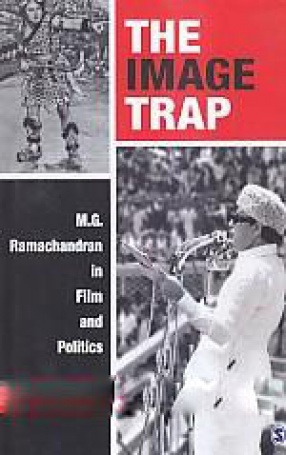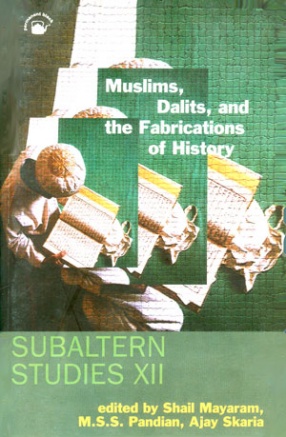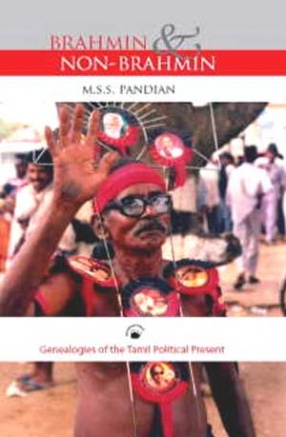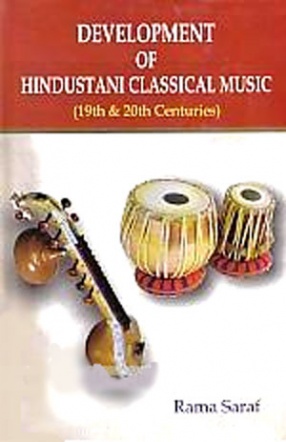Social scientists in India have made substantial headway in understanding forms of counter-hegemonic politics of the subaltern classes (lower caste/poor people). However, there is little analysis of how the ruling elite produce consent for their domination and hegemony from the subaltern classes whom they make use of. The author takes this as a point of departure and explores subaltern consciousness under conditions of hegemony. This is done through a detailed study of the immense popularity enjoyed by the late M.G. Ramachandran (MGR), the film action-cum-politician of Tamil Nadu, among the subaltern classes whose interests he constantly and blatantly violated.
The book begins by delineating the cultural elements which were meticulously mobilised to constitute a stereotypical cinematic persona of MGR. Accounting for the success of this cinematic persona among the subaltern classes, the book details how the elements that went into the making of MGR’s film persona were a selective appropriation of the cultural idioms of the subalterns themselves.
The book further analyses how the cinematic persona of MGR was encoded as though it represented the political persona of MGR. This was done by means of what Pandian terms as ‘constructed biographies’ which were popular narratives that ingeniously present what was cinematic as real. A special feature of the book is its engagement with MGR’s popularity, both as an actor and a politician, with women.
Knowingly crossing disciplinary boundaries, the book offers itself to political scientists, historians of the contemporary, and scholars of film studies, popular culture and gender studies.







There are no reviews yet.